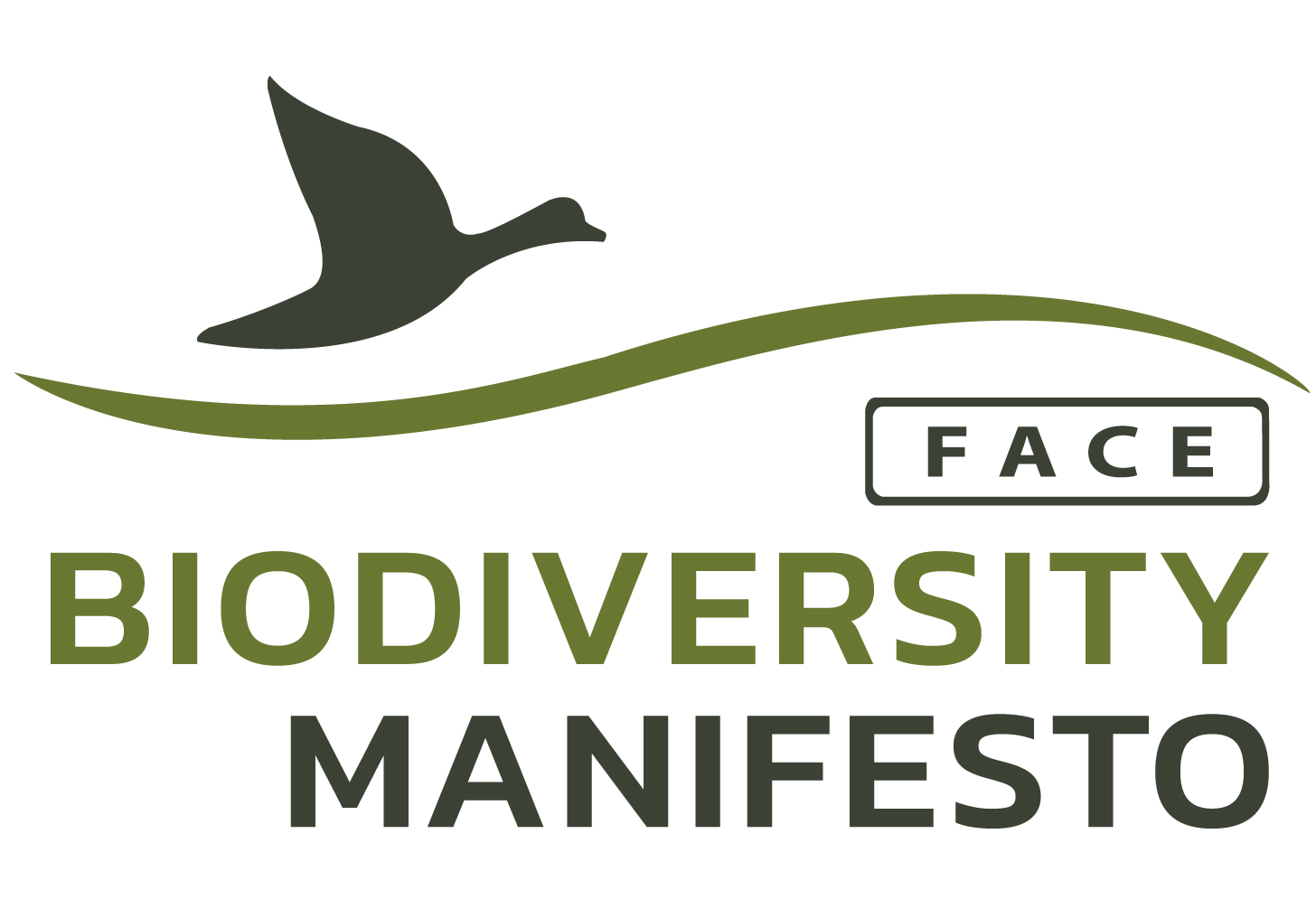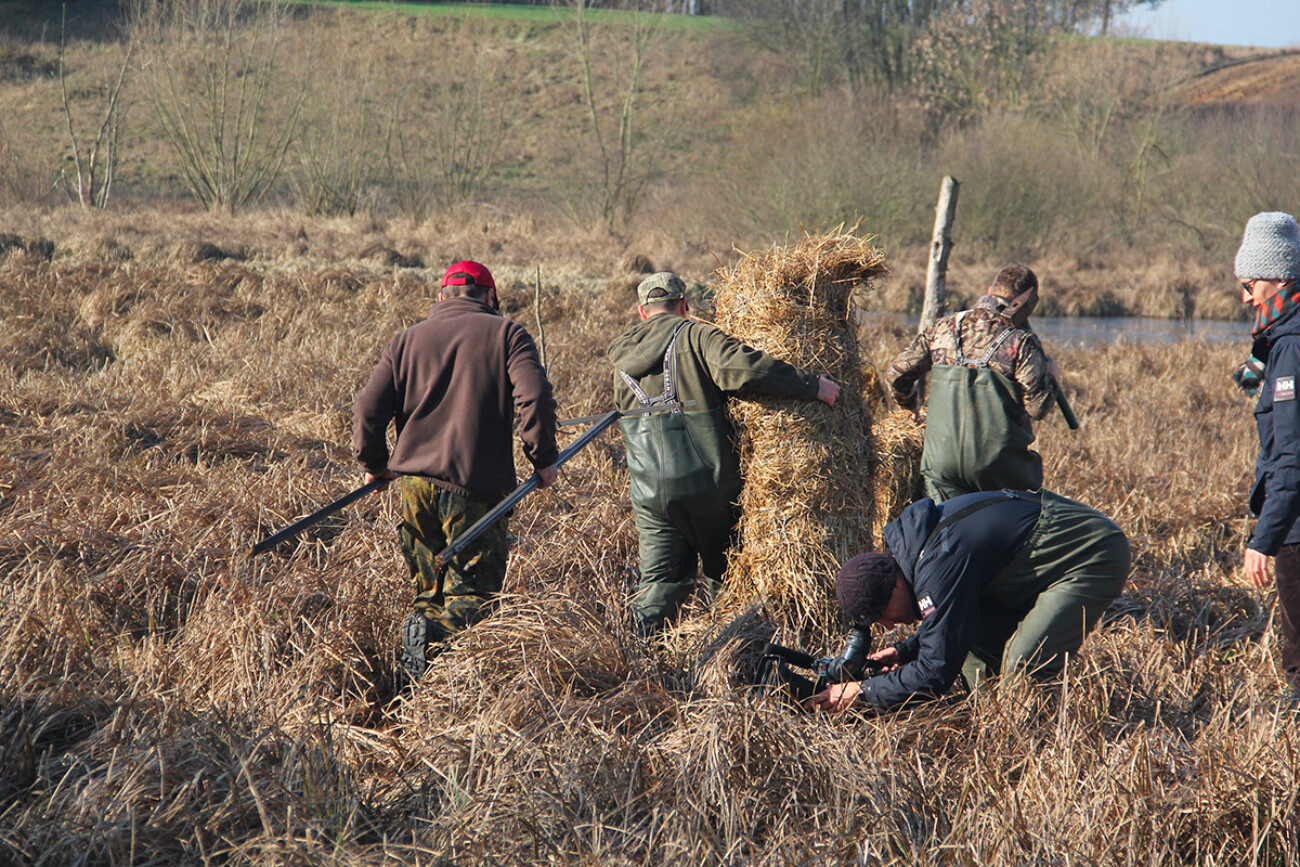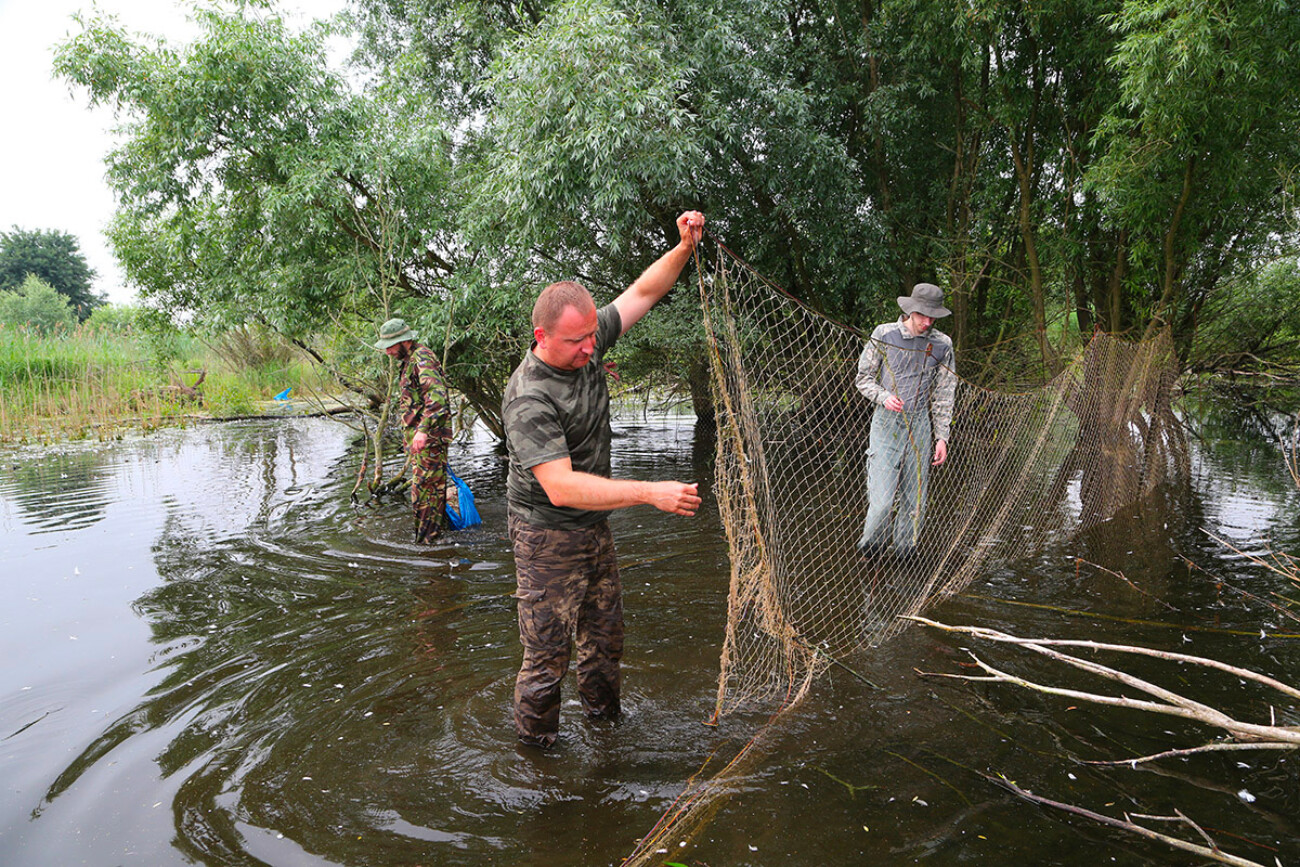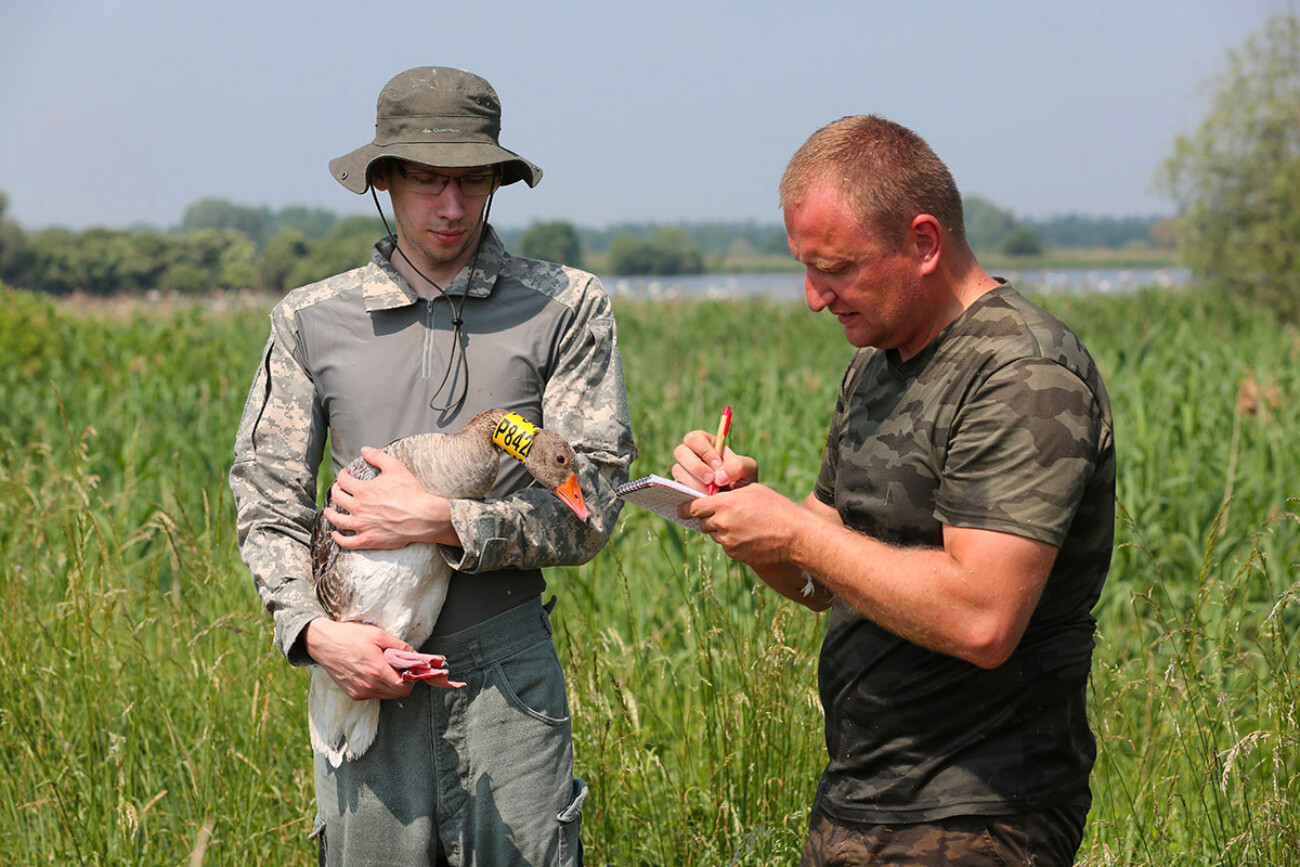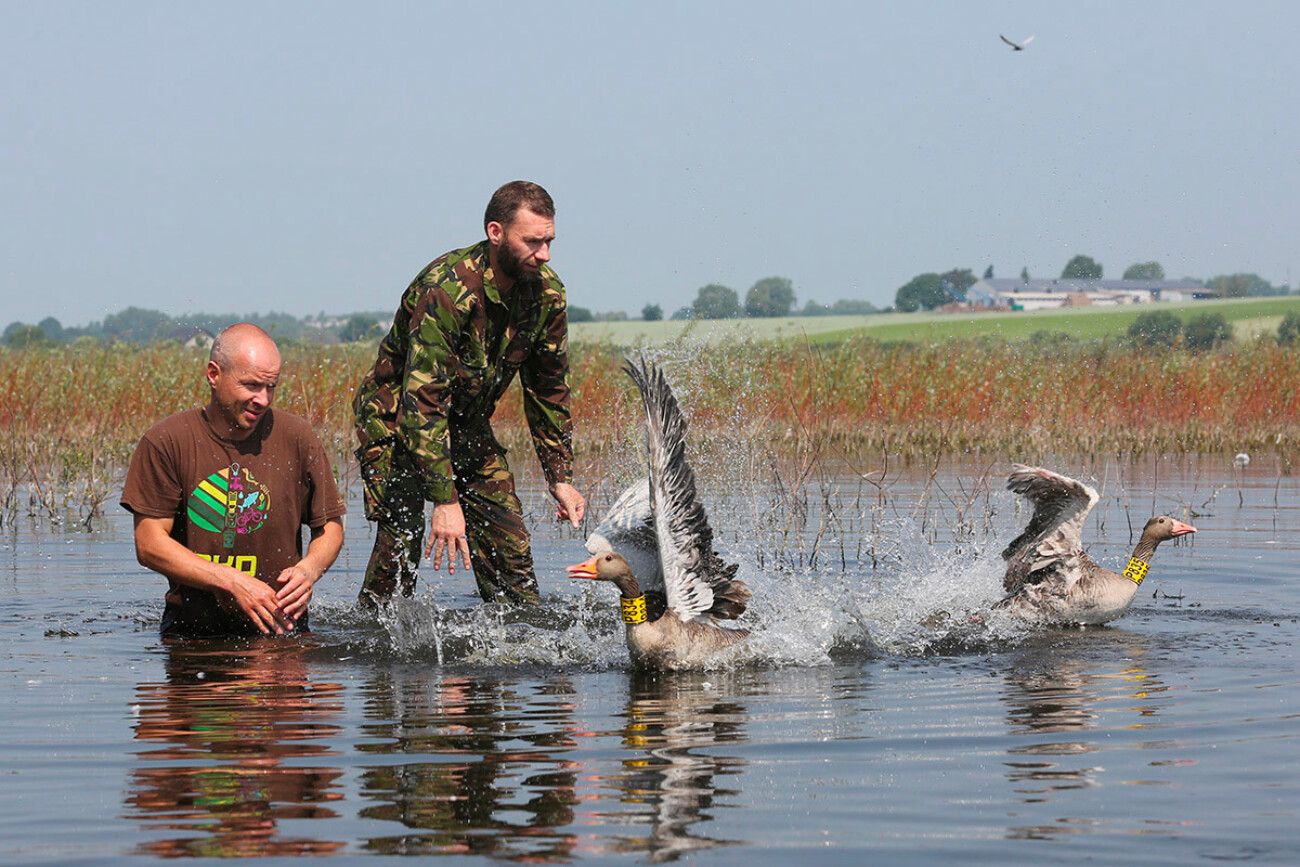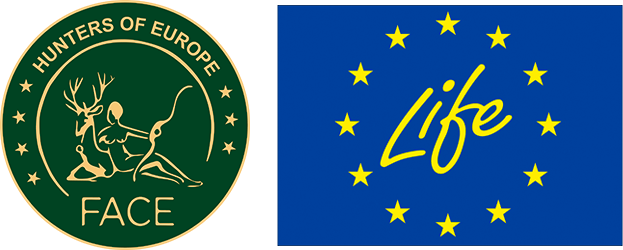The new EU Biodiversity Strategy for 2030, which includes a new restoration initiative, calls for more community-based actions to conserve and restore Europe’s nature.
Europe’s hunters are driving grassroots conservation projects to enhance the breeding success of many wildfowl species in Europe
Wetland restoration
Many breeding waterbird populations show decreasing trends, although there are many increasing wintering populations of huntable waterfowl in Europe – FACE, 2020. Most of Europe’s wetlands have been lost, hence hunter conservation efforts are critical for Europe’s biodiversity. FACE’s Biodiversity Manifesto database shows that 41% of the habitat-related projects are dedicated to wetland restoration. Projects typically relate to the creation and maintenance of open water sites for ducks, geese and waders – Biodiversity Manifesto Report 2020 – benefiting numerous other wildlife species.
Improving breeding success (Duck baskets)
An effective way to improve breeding success, while protecting waterbirds from predators, is by building artificial nests (nest baskets), which typically take the form of tube-shaped baskets mounted over the water. This approach has been very successful in Poland. Polish hunters – members of the Polish Hunting Association Polski Związek Łowiecki – managed a project with rural stakeholders focusing particularly on Mallards – Europe’s most numerous duck species. Outside of Poland, FACE Members have been promoting hunters’ work in, for example, the UK, Ireland, Denmark, France, the Netherlands, Finland and Sweden.
Monitoring
Tracking and monitoring also play a key role in the conservation of any wildfowl species. Another relevant conservation project supported by the Polish Hunting Association involves hunters and ornithologists in the ringing of geese. With most waterbirds being migratory species, their breeding sites are thousands of kilometres away from their wintering grounds. To improve our understanding of goose population dynamics, more than 1300 birds were ringed over 8 years in Poland. Birds could therefore be successfully identified and monitored in many countries across Europe. This work has facilitated research on migration, mortality, and reproduction – which are main parameters for effective population management. Because migratory birds do not recognise borders, their population management is also conducted on an international cooperative and aligned basis.
These excellent efforts from hunters are key to gathering the necessary data for the effective management of waterfowl and to improve their breeding success. This once again demonstrates that the cooperation between hunters, scientists and rural stakeholders is vital for the effective conservation and management of wildfowl species.
